Some of the links in this post may be affiliate links.
There has been so much debate on the differences between Monstera deliciosa vs. borsigiana. Fortunately, there is a pretty simple answer, but unfortunately, there has been much confusion and many myths that have run rampant. I am not a botanist, however I have gathered information from very reputable sources to get down to the bottom of this.
Now let’s take a look! I’ll highlight the simple facts, keep it short and simple and leave out any speculation so that you can have a definitive answer and some clarity in this conundrum.
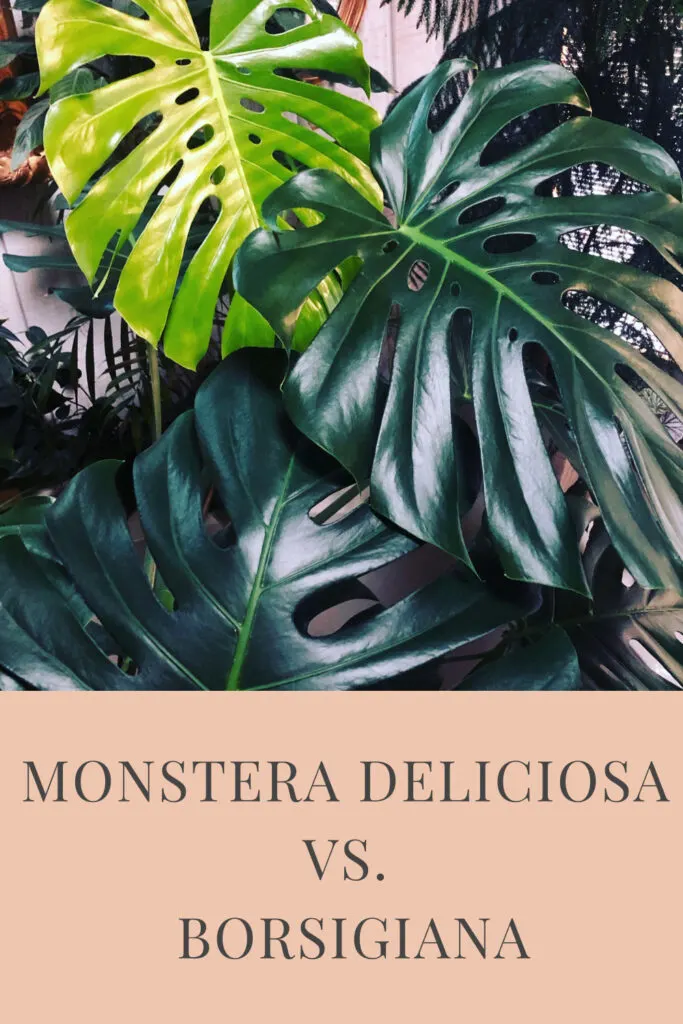
MONSTERA DELICIOSA VS. BORSIGIANA
WHICH IS THE TRUE SPECIES?
Let’s leave plant taxonomy to the experts. The simple fact is that borsigiana is NOT a separate species but rather a synonym of deliciosa.
How do I know? None other than the venerated Royal Botanic Gardens, Kew, has told us so. Monstera deliciosa is the only accepted species. Monstera borsigiana is simply a synonym and is not a distinct species.
BOOM. Mic drop.
Some horticulturalists still continue to recognize smaller plants as Monstera borsigiana or as Monstera deliciosa var. borsigiana (var. stands for variety). Yet others will just chalk up any differences to growing conditions, which will absolutely affect the already variable species that is Monstera deliciosa.
Some will argue that borsigiana has smaller leaves and a quicker growth rate. The problem is that indoors, regardless what plant you have, leaves will never reach the mature size that they would in the wild, leading many people to believe that they have borsigiana.
In addition, leaf size and growth rate are highly dependent on conditions, age and many other factors, whether the plant is growing indoors or outdoors.
In the end, I will just go with the fact that the Royal Botanic Gadens, Kew, only lists one accepted species, and it is Monstera deliciosa. Don’t get hung up on the taxonomy or any of the overly analytical explanations. Leave the taxonomy to the experts.
MYTH: ONLY DELICIOSA HAS THE “RUFFLES” BEHIND THE LEAVES
There has been a myth running rampant that only deliciosa has the ruffles at the end of the petiole, close to where the leaf is.
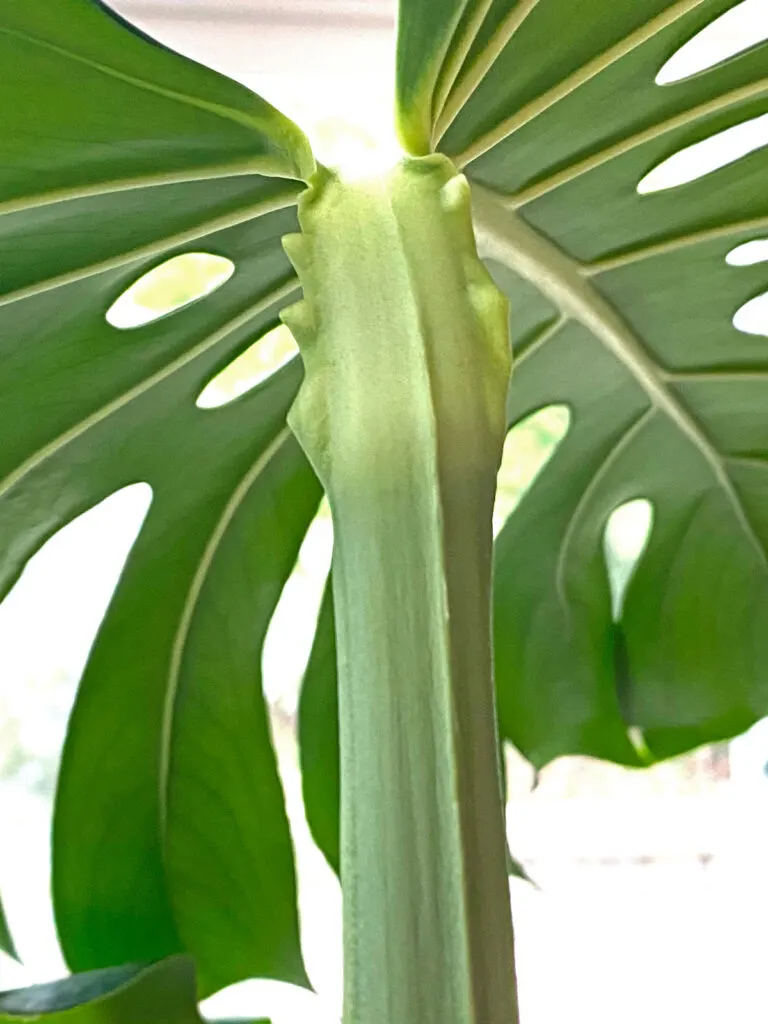
The ruffles that you see right below where the leaf starts is called the geniculum, and it functions as a “joint” if you will, that allows the leaves to rotate in search of more light.
According to Enid Offolter of NSE Tropicals both deliciosa and borsigiana [for those individuals that still recognize borsigiana as being different] have the geniculum.
One very important thing to note is that very juvenile plants will not have the geniculum. So if your plant does not have one yet, it simply means that it is not old enough.
You can even have different leaves on the same plant where some have the geniculum and others don’t.
Here is one of the more juvenile leaves on my plant with no visible geniculum.
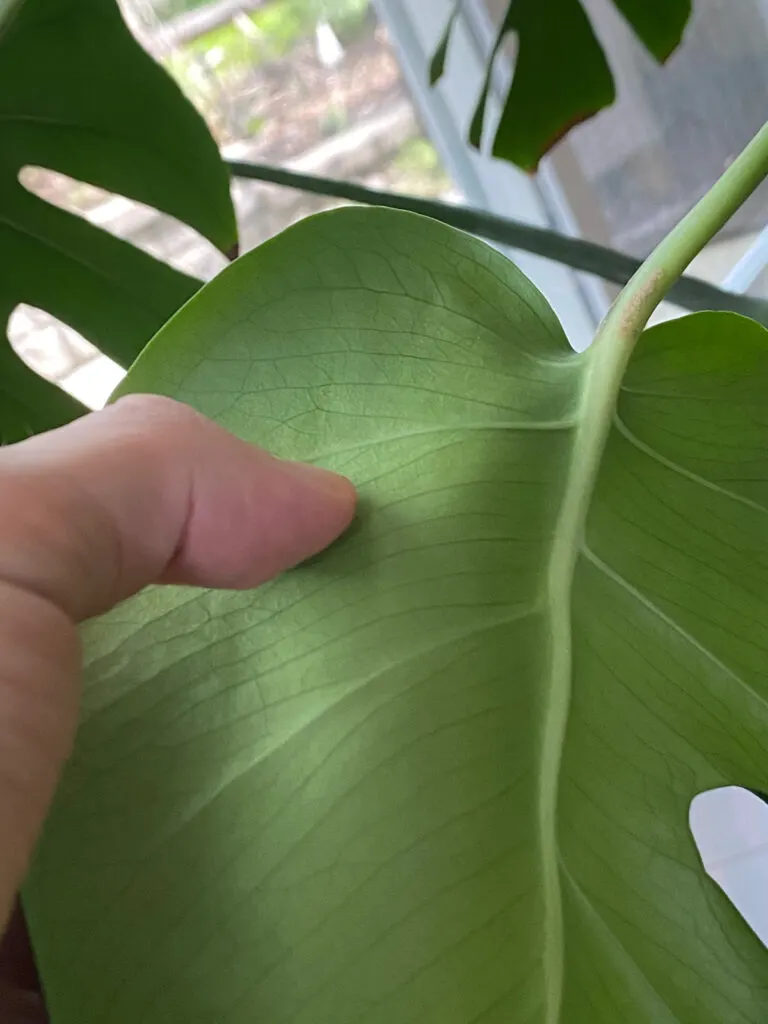
And that’s all folks! I promised this would be short. Plant taxonomy is very confusing even for the experts, and all we can do is trust reputable sources. I hope this post has brought some clarity to the Monstera deliciosa vs. borsigiana debate.
In the end, there is only one species, and it is Monstera deliciosa. Depending on growing conditions, there can be a very high degree of variability in appearance, and no two plants, or even leaves for that matter, will look alike.
Are you obsessed with Monstera species in general? Be sure not to miss my post: 15 Amazing Monstera Varieties to Add to Your Collection. There are so many unusual species in the genus Monstera, so why stop at just one?

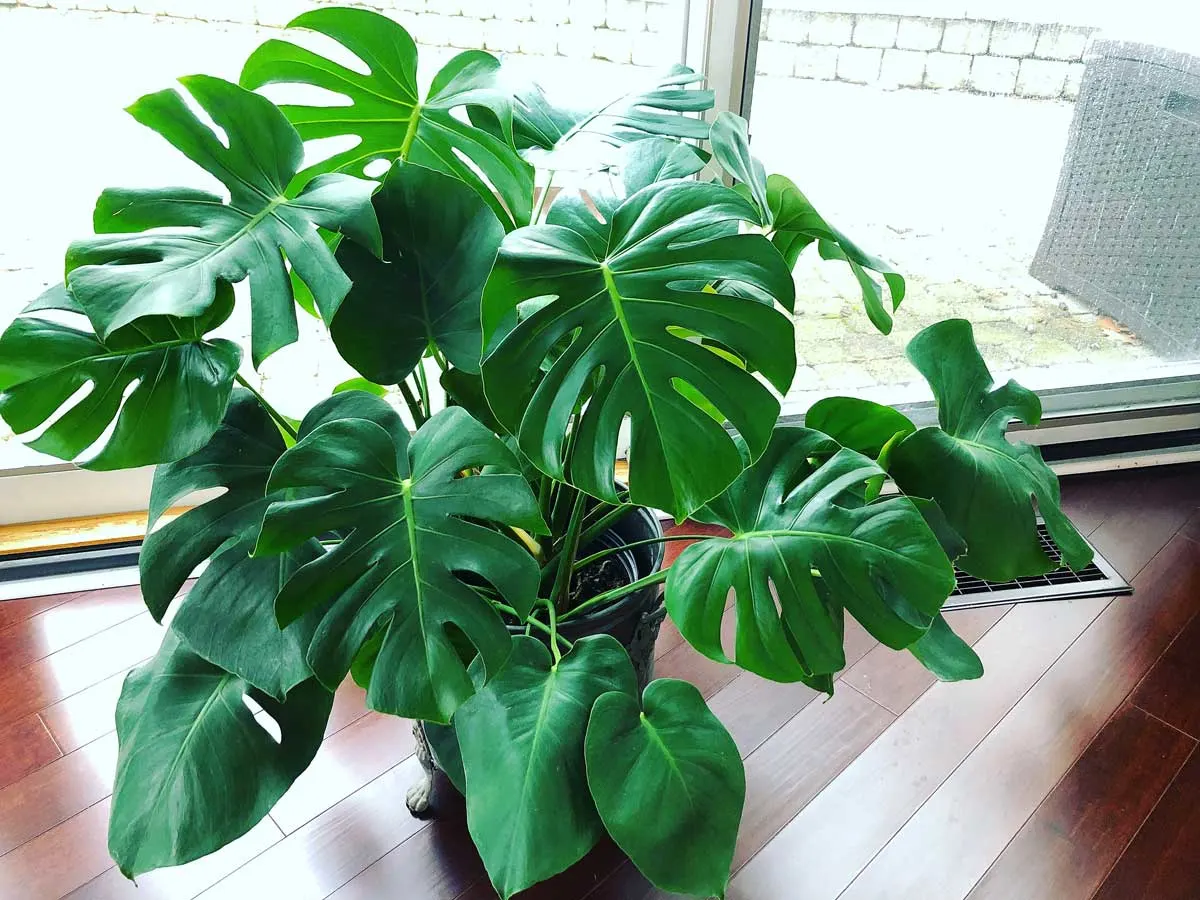
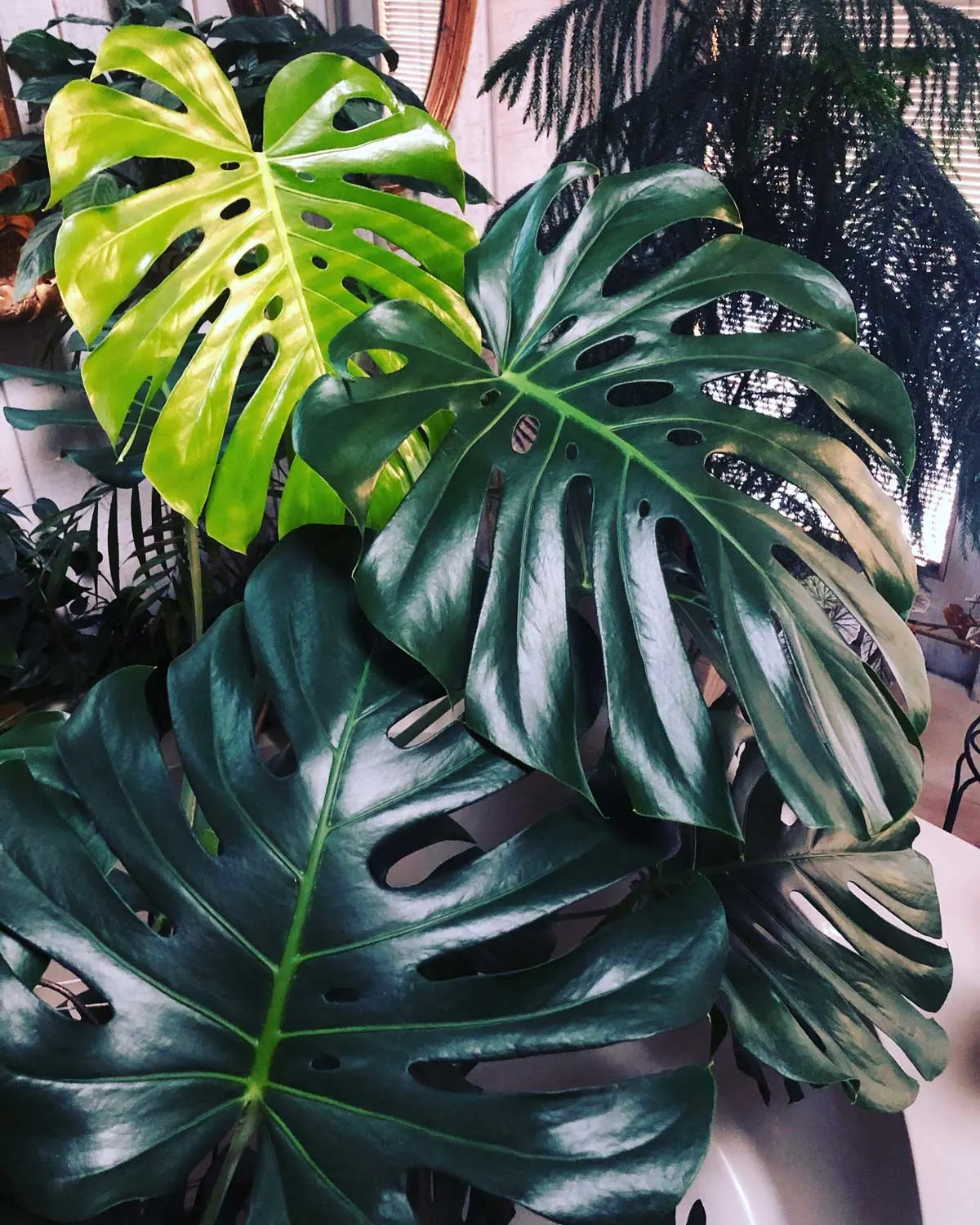
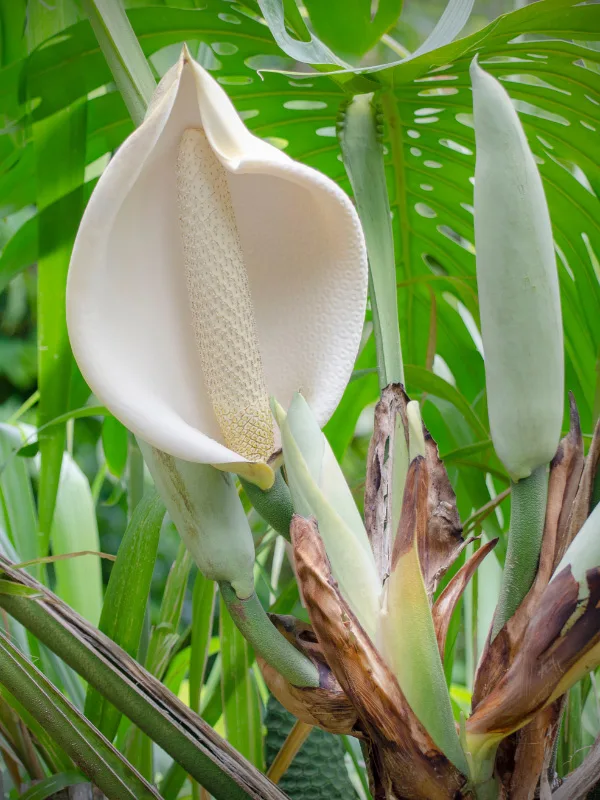
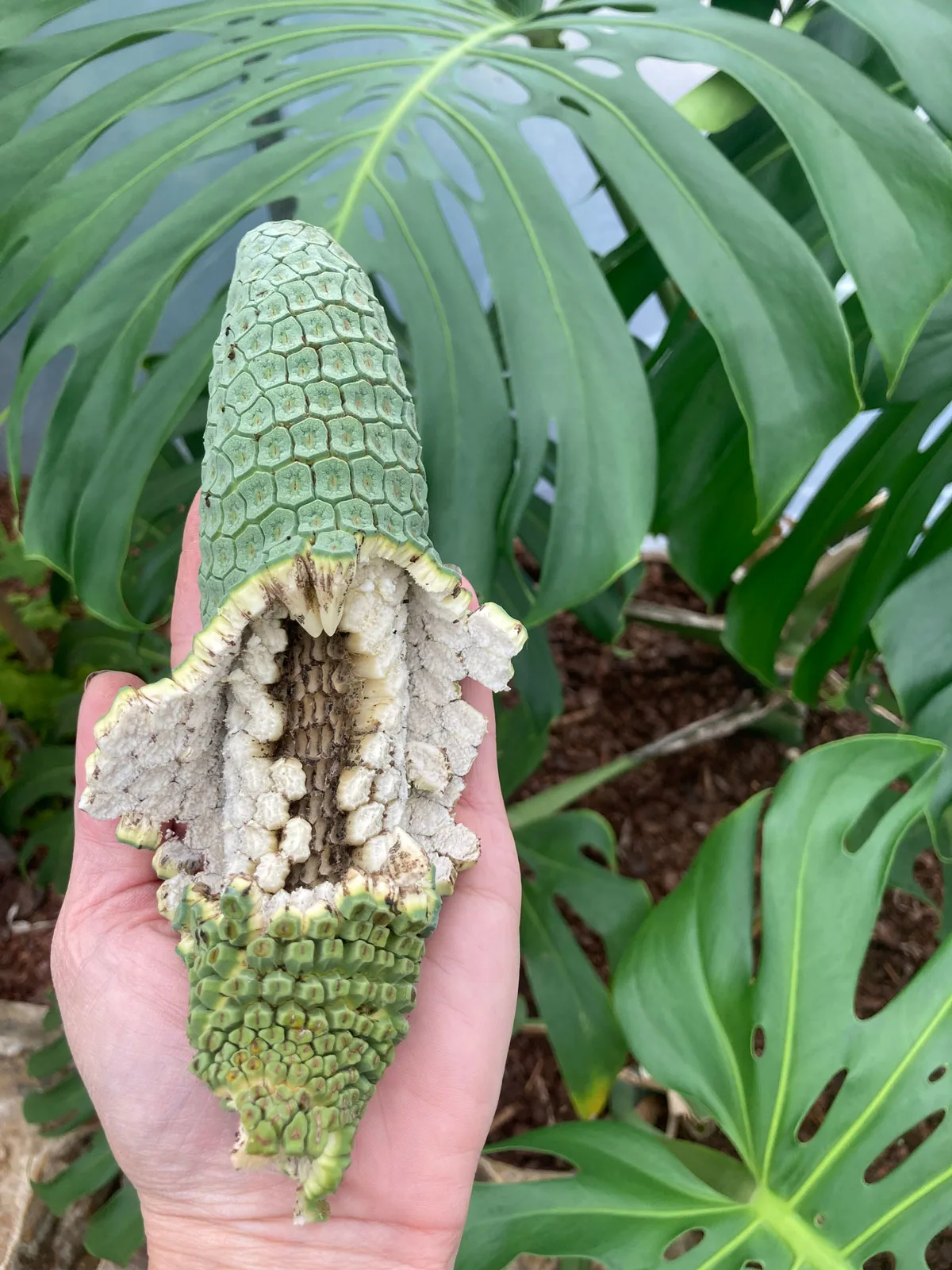
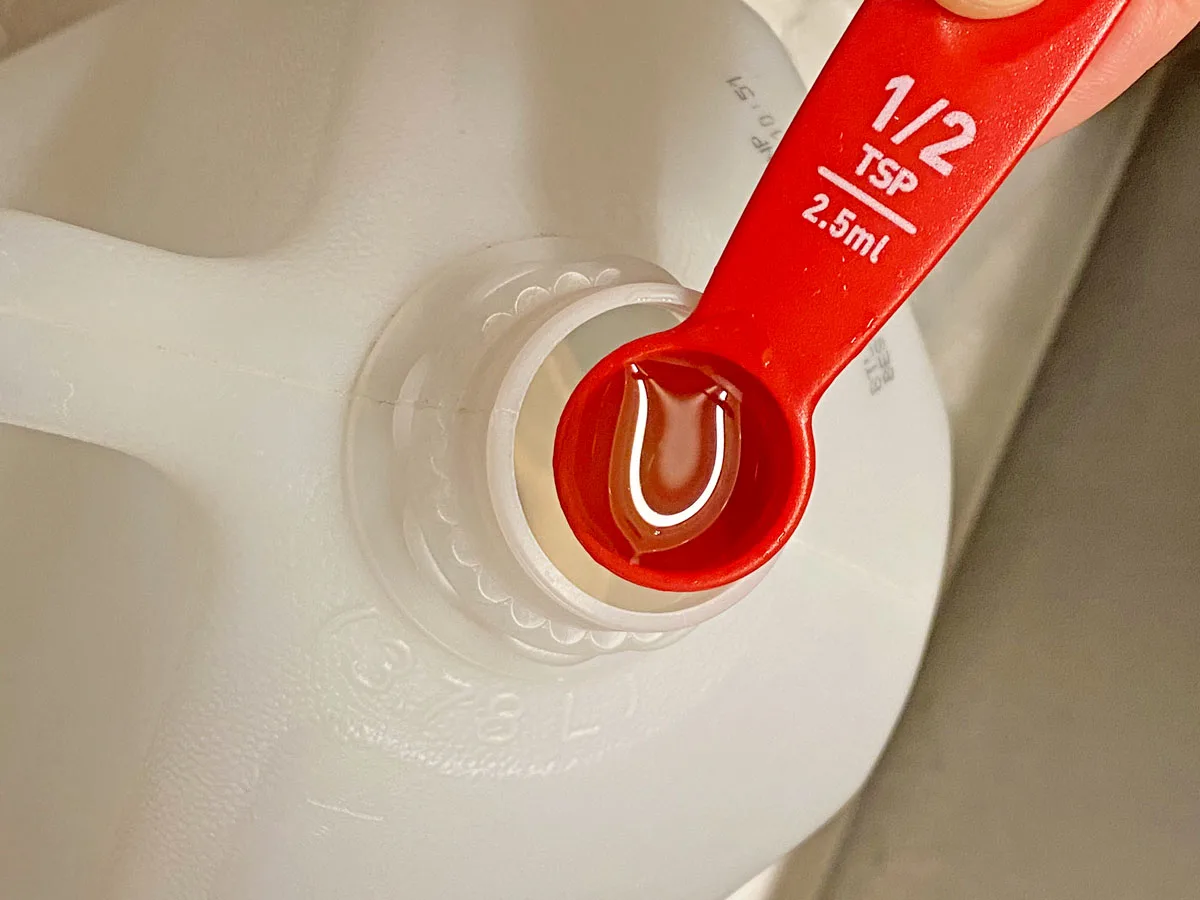
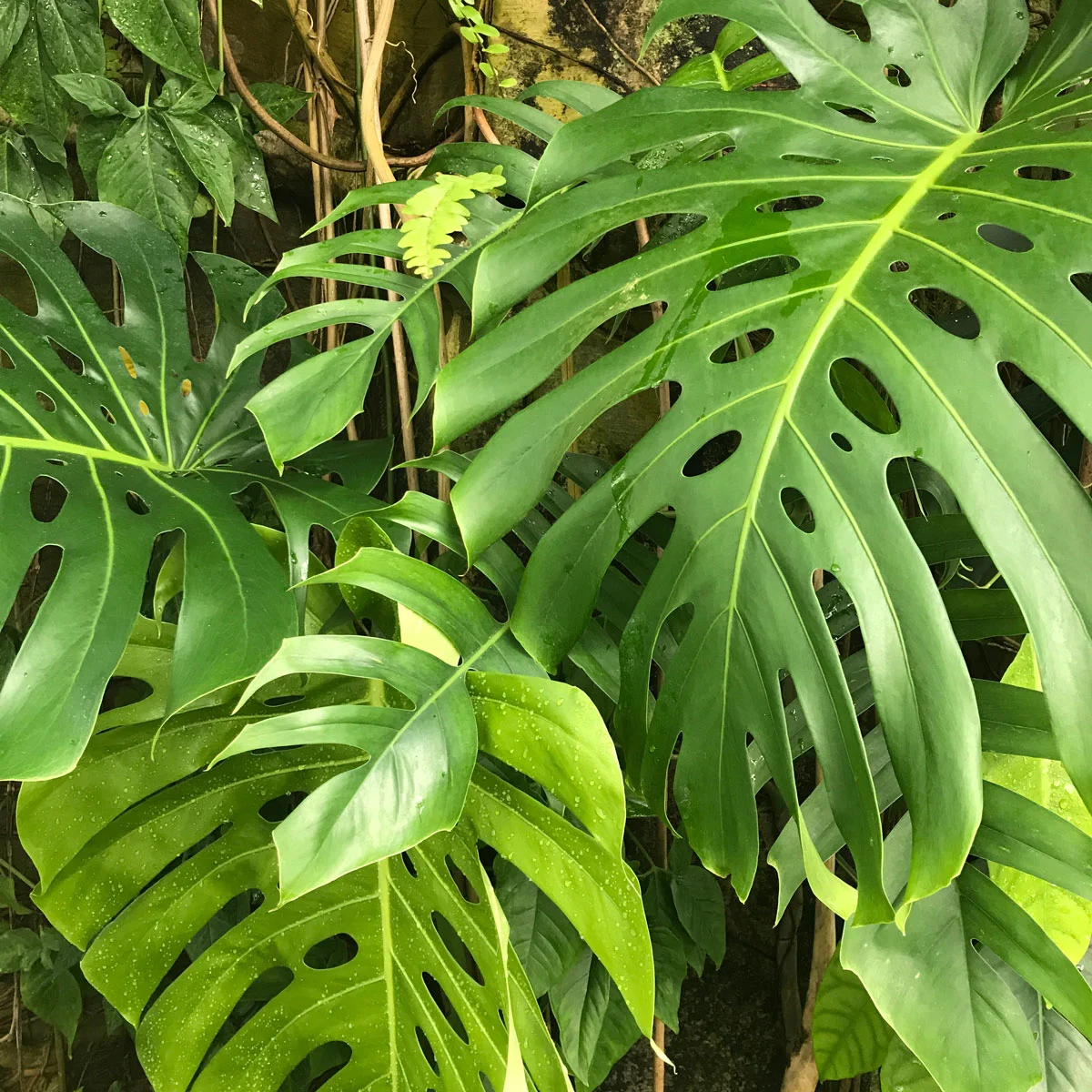
Nadine
Wednesday 15th of June 2022
Sorry, k.krause 1908 and k.koch 1862
Bob
Sunday 14th of May 2023
@Nadine, many plants have a host of synonyms, and there were also many which were assumed to be species which later turned out to be nothing but varieties, or simply variation among individuals. I raise Pinguicula - there are many "species"'that have now been recognized as forms of P. moranensis. The old names are still used in the hobby and horticultural trade but are no longer scientifically recognized. This seems to be the case for borsigiana.
Nadine
Wednesday 15th of June 2022
So there is an entry in the ipni that says borsigiana by k.koch...from 1908?!
Katherine
Monday 18th of October 2021
I, literally, just read a recently written article that classified Borsigiana as a different species. Their proof was the whole ruffle thing, the faster growth rate, etc. And from a very popular website for plant lovers! There's just so much falsity online about plants. So, thank you for always giving us accurate, relevant information.
Raffaele
Monday 18th of October 2021
You're very welcome Katherine! I try my best to provide accurate information :-)
Cedi
Monday 6th of September 2021
very little fact, much trust in someone else, no evidence. I agree that the ruffles are not useful in telling them apart. i'd like to see at least a single plant that turns from supposed borsigiana into true deliciosa. i havent found any such pictures
Ron
Thursday 12th of August 2021
I can't argue that borgsigiana isn't a M. deliciosa; but I do not agree that it's a typical one. I've had a form that resembles the description of borgsigiana in my garden for around twenty years. It does have a peculiar growth habit where it climbs faster because of the stretched internodes before it reaches its fruiting stage. Once it starts fruiting, it develops a compact bunch of leaves, flowers and fruit in the tree canopy. I also have the typical M. deliciosa. These grow with much shorter internodes and develop very large leaves even before they get too far off the base of the tree. When they do start flowering, they're not in the canopy and often at eye level. On these, I notice the distinctive ruffles even on fairly young plants, but I have never seen them on my borgsigiana form. Instead it has a smooth sharp pair of keels. Looking at mature clumps of each; it's easy to distinguish them, even from a distance. The borgsigiana form will be fairly sparse on the trunk of the tree but will have dense clumps in the canopy with smaller leaves while the typical form will cover the trunk with a dense cover of massive leaves and rarely reach high into the canopy. I have both growing on the same tree, so I can't see how this would be a cultural difference. If you ever come down to Orlando, you should make a visit to Leu Gardens. It's a great place to see many tropical plants and they also have both forms.
Raffaele
Friday 13th of August 2021
Thanks for sharing your details Ron. I would love to visit those gardens if I'm in the area!